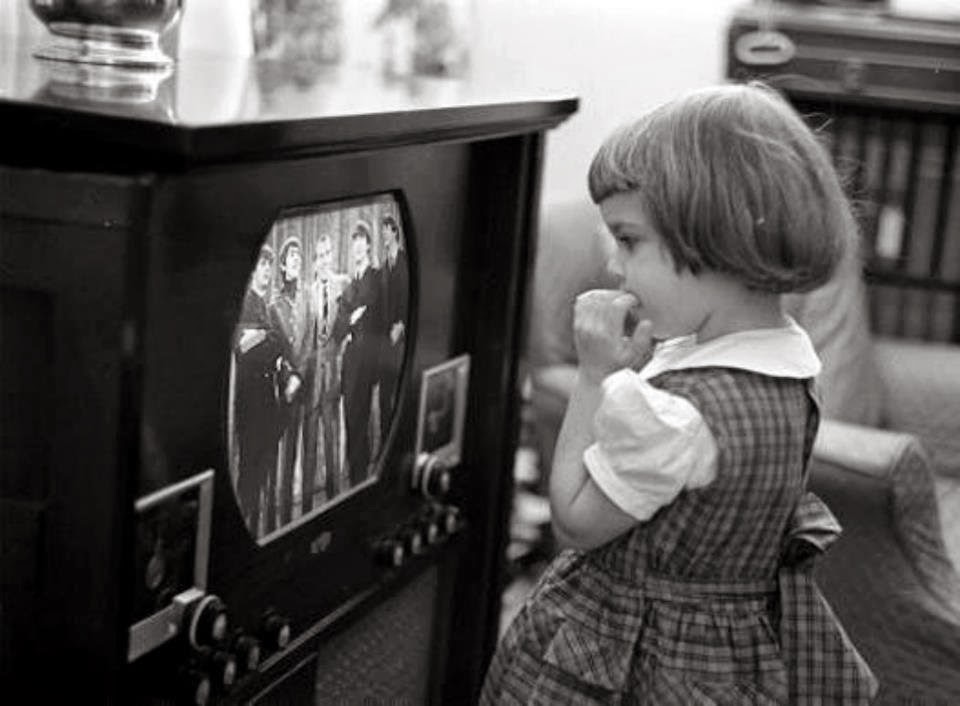REPORT: Kids in ‘Netflix Only’ Homes are Being Saved from 230 Hours of Commercials a Year
- The average child watches 2.68 hours of television a day, or almost 980 hours a year
- One hour of television contains 14.25 minutes of commercials, or 24% of airtime
- ‘Netflix Only’ homes are saving kids 230 hours of commercials a year, or 9.6 days of ads
TV viewership has completely changed for children. While most families have watched plenty of television ever since its invention and mass adoption, the ways in which we consume entertainment continues to evolve. From one box sitting in the living room with four channels to choose from, to multiple devices strewn around the house all utilizing different options like cable, streaming services, and internet entertainment.
In 2017, instead of watching traditional children’s television like Saturday morning cartoons or after-school specials, more kids than ever are using streaming services like Netflix for their entertainment, with a “for kids” section, and zero commercials.
So what does this mean for the advertising industry?
With more homes than ever becoming ‘Netflix Only’ homes, we wanted to see how many hours of commercials kids in these homes are being spared. We were able to determine that kids in ‘Netflix Only’ homes are saved from just over 230 hours of commercials a year when compared to traditional television viewership homes.
We pulled numbers from the National Institute of Health, and found that children are watching 2.68 hours of television a day (in some cases, up to nine hours). In homes with more technology devices like tablets and kid-accessible computers, screen time jumps by approximately one hour per day. Currently, the average hour of television contains 14.25 minutes of commercials, or about 24% of airtime. Networks are even speeding up shows to cram more commercials into each episode. With that in mind, if a kid were watching traditional television, they would be seeing 230 hours of commercials a year, or 9.6 days.
Netflix, and other services with kid-specific offerings like Amazon Video and Hulu, make it much easier for parents to control their kids’ entertainment options. They offer an easy way to keep a child entertained with no commercial interruption.
YouTube, with their popular YouTube Kids service, came under fire this year for reports of disturbing video content passing through algorithmic filters. Videos of popular kids cartoons in violent or suggestive situations raised eyebrows in the technology and parenting world. While Alphabet, YouTube’s parent company, argues that YouTube Kids is safe, this recent transgression has made parents less likely to trust their service, driving more consumers toward more reliable and protected children’s content providers like Netflix.
One parent we spoke to about their children’s viewership habits commented that “Netflix is a godsend. We try to prevent our kids from watching too much TV, but we love being able to put them in front of a Netflix show and know we’re mostly in control of what they’re seeing. We don’t need our kids seeing repetitive ads for new toys or sugary cereals.”
This seems to be a common stance among parents, that less commercialization is an improvement for children’s entertainment.

